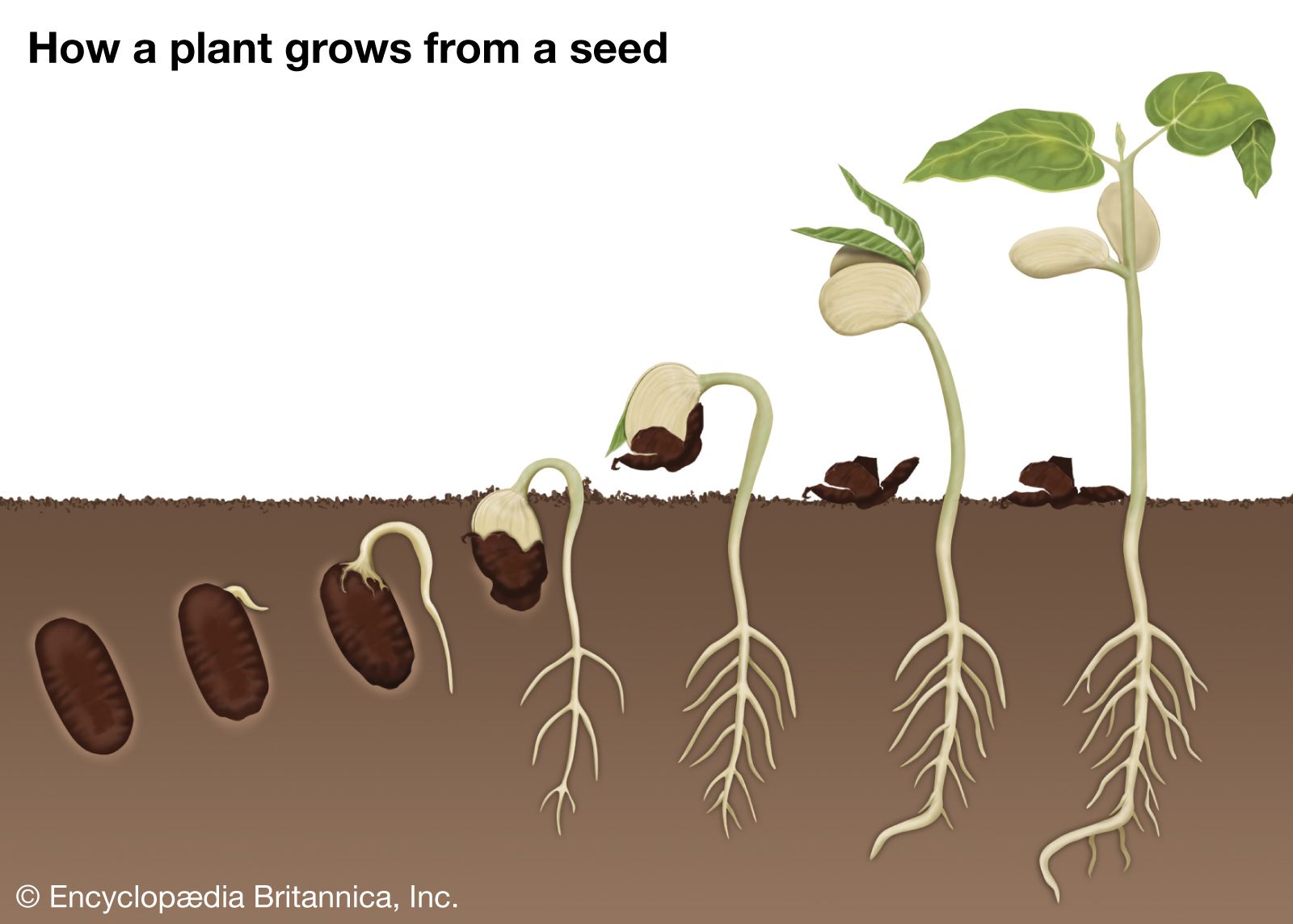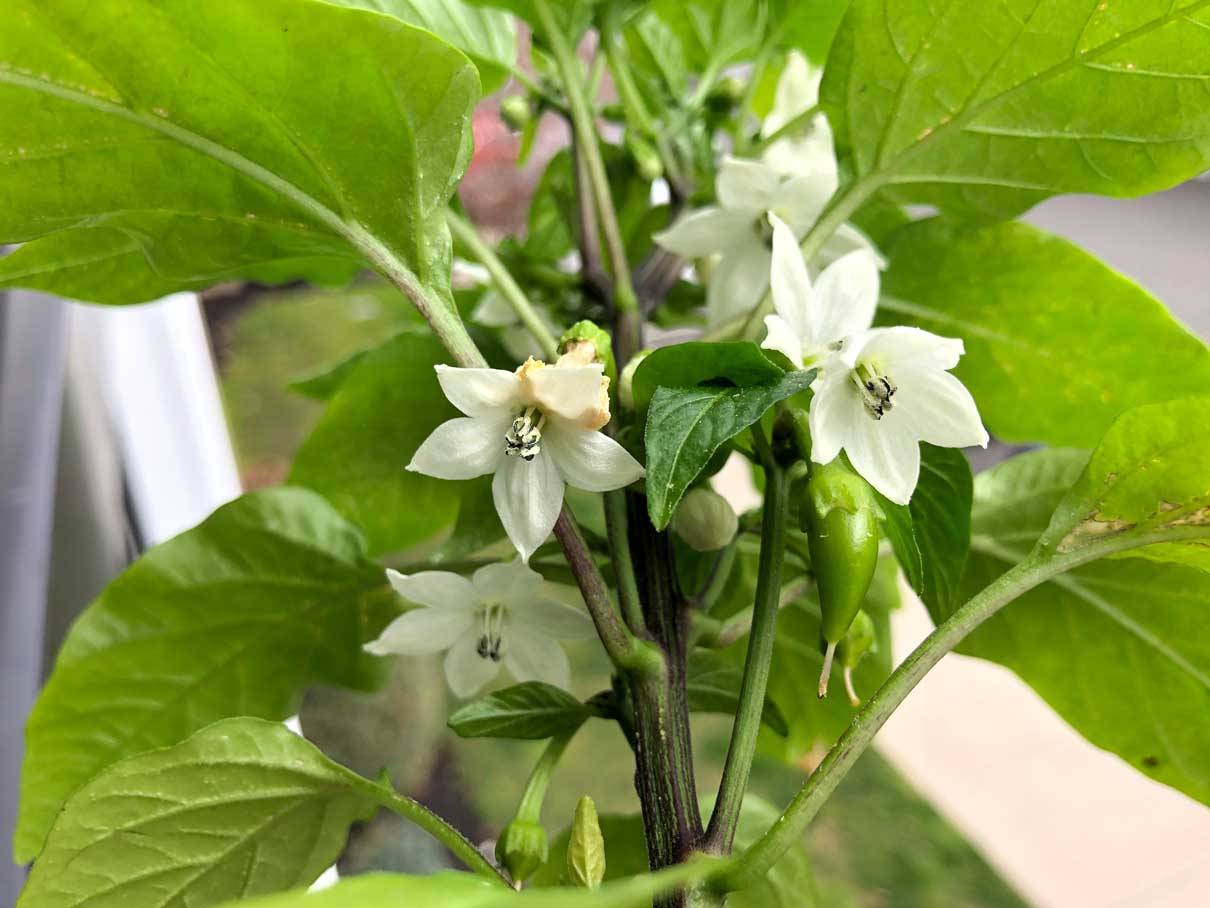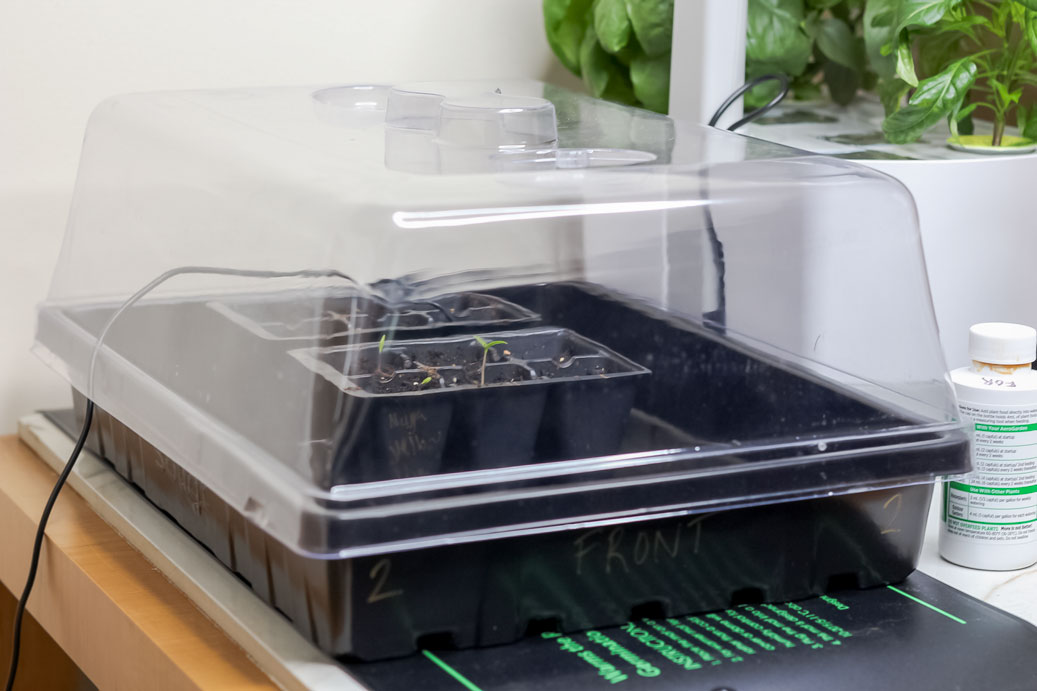Banana peppers are delicious, crunchy peppers that have countless uses in the kitchen. I especially love them for making pickles, but they can be eaten fresh, fried with other veggies, roasted, and even stuffed.
Unfortunately, not all grocery stores sell fresh banana peppers. So, you’ll have to grow your own to have a steady supply. In this article, I’ll show you how to grow banana peppers from seed to harvest, step by step.
We have many posts on growing peppers, but this one will focus specifically on the banana pepper plant. The pods are larger than many other types, and they are usually harvested before fully ripening.
To make it easy, I’ll break down every step of the growing process. This includes selecting quality seeds, germinating at the right time indoors, taking care of the seedlings, moving the plants outdoors, and finally harvesting your banana peppers. Let’s get started!
Banana peppers are a delicious pepper variety that can add a sweet mild kick to dishes like pizza sandwiches, salads and more. If you want to grow your own bounty of banana peppers, it all starts with the seeds. Here’s a comprehensive guide on banana pepper seed germination, storage and sowing to help you successfully start your plants.
Germinating Banana Pepper Seeds
Germinating banana pepper seeds indoors is a great way to get a head start on the growing season. Here are some key tips:
-
Soak seeds first Soaking seeds in room temperature water for 24-48 hours before planting can increase germination rate
-
Use seed trays: Plant seeds 1/4 inch deep in cell packs or trays with seed starting mix. This lets you transplant later with minimal disturbance.
-
Control temperature: Banana peppers germinate best with soil temperatures around 80°F. Use a heat mat or keep them in a warm spot.
-
Provide light: Once sprouted, give 12-16 hours under grow lights or bright indirect light.
-
Maintain moisture: Keep soil moist but not soggy. Cover trays with plastic to retain humidity.
-
Allow 14-21 days: Banana pepper seeds typically germinate in 14-21 days when conditions are right.
Storing Banana Pepper Seeds
Saving banana pepper seeds from your healthiest, highest yielding plants is a great way to propagate new ones for free. Here are tips for proper storage:
-
Allow peppers to fully ripen to red or yellow before extracting seeds. Unripe seeds may not be viable.
-
Remove seeds from peppers and rinse away pulp. Allow to dry fully on paper towels.
-
Place dry seeds in an airtight glass jar or envelope. Label with pepper variety and date.
-
Store seeds in a cool, dry spot like a refrigerator or basement around 40-50°F.
-
For best viability, use stored seeds within 1-3 years before germination rates decline.
-
Before planting old seeds, do a germination test by sprouting a sample on a damp paper towel.
Sowing Banana Pepper Seeds Outdoors
Once all danger of frost has passed and soil has warmed, you can sow banana pepper seeds directly in the garden:
-
Choose a sunny, well-draining spot. Banana peppers need at least 6 hours of direct sun daily.
-
Prepare soil by mixing in several inches of compost or other organic matter. Ideal pH is 6.0-6.5.
-
Sow seeds 1/4 inch deep and 18-24 inches apart in rows or beds.
-
Consider using row cover to retain warmth and moisture until seeds sprout.
-
Keep soil consistently moist until seedlings emerge, which takes 10-14 days.
-
Mulch around plants to retain moisture and reduce weeds.
-
Thin seedlings to the strongest one per site after a few true leaves emerge.
Transplanting Banana Pepper Seedlings
For earlier harvests, start seeds indoors and transplant mature seedlings outside after hardening off:
-
Sow seeds indoors 8-10 weeks before your last expected frost date.
-
Allow seedlings to grow to 5-7 inches tall with 4-6 true leaves before hardening off.
-
Gradually expose plants to outdoor conditions over 7-10 days.
-
Transplant on a cloudy day or in late afternoon to avoid wilting.
-
Space plants 18-24 inches apart in rows or beds with full sun.
-
Dig holes the width of the root ball and plant at the same level they were growing in containers.
-
Water transplants daily for the first week until roots establish.
Caring for Banana Pepper Plants
Once your banana pepper plants are happily growing, be sure to care for them properly:
-
Water 1-2 inches per week, avoiding wet foliage which can cause disease.
-
Side dress with balanced fertilizer when plants begin flowering.
-
Use mulch and pruning to prevent overcrowding and improve air circulation.
-
Monitor for pests like aphids and diseases regularly. Take action early if needed.
-
Stake or cage plants for support as fruits develop and add weight.

Water and Fertilize Regularly
Once your banana peppers are established outside, they should grow to a full, mature size quickly. If you are growing in pots, then be sure to follow a regular fertilizing regimen to ensure steady, healthy growth.
Potted plants should be watered when the first 1-2 inches of soil dries out. In cooler weather, this may be once per week. In hot weather, you will need to water much more frequently, often every day on the hottest days of the summer.
In-ground plants should be mulched after transplanting. I like to use shredded leaves or straw, because they slowly add nutrients to the soil as they decompose. A thick layer of mulch, 3-4″ deep, helps reduce the need to water and also suppresses weeds.
Once your plants reach a mature size, they should begin to produce flowers. Pepper flowers will eventually turn into the fruits, so the more flowers, the better.

To encourage more flowers, reduce the amount of nitrogen you are providing to the plants. We usually change to a low-nitrogen fertilizer, or simply reduce the amount of fertilizer all-together. This change comes mid-season, usually about 1 month after the plants move outside.
Plant Seeds (At The Right Time)
Planting seeds may seem daunting to a new gardener, but it is actually pretty easy. In this step, I’ll cover when to plant seeds, how deep to plant them, and how to speed up germination.
When to plant seeds
Banana peppers are usually early producers (at least in the world of pepper plants). This means there is a bit more forgiveness for late planting. However, you should try to plant at the perfect time to ensure a timely harvest.
In general, plant banana pepper seeds indoors about 4-6 weeks before your last frost date. This varies widely based on your location, so be sure you know your last frost date.
As an example, here in Southern New England, we usually plant banana pepper seeds in late March. The plants grow indoors for about 6 weeks before beginning the transition to outside.
How to plant banana pepper seeds
Once you are ready to plant, follow these easy steps to sow your seeds. You can use a seed starter mix, or regular potting soil.
- Label your containers. If you are planting multiple varieties, it helps to give each pot a label before planting.
- Fill containers with soil. Fill your seed containers with pre-moistened soil. Just add a bit of water to the soil and mix it thoroughly. Then, fill up your pots to the top, packing down gently.
- Make a hole in the soil. Using a pencil, make a hole about ¼” deep in the soil of each seed cell. Banana pepper seeds are usually on the large side for peppers, so ¼” is the perfect depth.
- Drop 1-2 seeds in each hole. I like to plant 2 (or more) seeds to ensure at least one of them germinates.
- Cover the seeds and water. Cover up each seed with the surrounding soil so that it is planted at the ¼” depth. Use a spray bottle to gently moisten the soil surrounding the seeds.
- Keep the seeds warm and moist until they sprout. Seeds need water, oxygen, and warmth to germinate quickly. Find a warm spot to keep them and check on them daily to spritz with water.
Tip: If you don’t have a spray bottle, make sure you water gently to avoid disturbing the seed’s location.
Germination time and tips
Once seeds are planted, banana peppers should sprout within 4-7 days. Older seeds may take longer to germinate, especially in colder temperatures.
Use these tips to speed up germination:
- Use a seed heating mat. This is the best way to speed up any pepper seed’s germination. The heating mat is a heating pad that is controlled by a thermostat. Set it to 80-85°F.
- Keep the seeds wet. Each day, check your seedling cells for moisture. If the surface of the soil is beginning to dry out, spray with water several times to keep the seeds moist. Never let the seeds become dry during this process!
- Use a humidity dome. Seedling cells usually come with a tray and humidity dome for germination. This is another effective method of preventing the seeds from drying out.

If all goes well, your seeds will sprout within a week. Once the seeds sprout, they require light to grow well. Pepper seedlings with low light will grow tall and lanky, often flopping over. Let’s move on to caring for your young banana pepper plants indoors.

Saving Seeds Growing Peppers *MISTAKES when Collecting SEEDS to Harvest Grow GREEN Red Purple Yellow
FAQ
How to germinate Banana Pepper seeds?
Do banana peppers need full sun?
How do you save Banana Pepper seeds for next year?
What is the best fertilizer for banana peppers?
